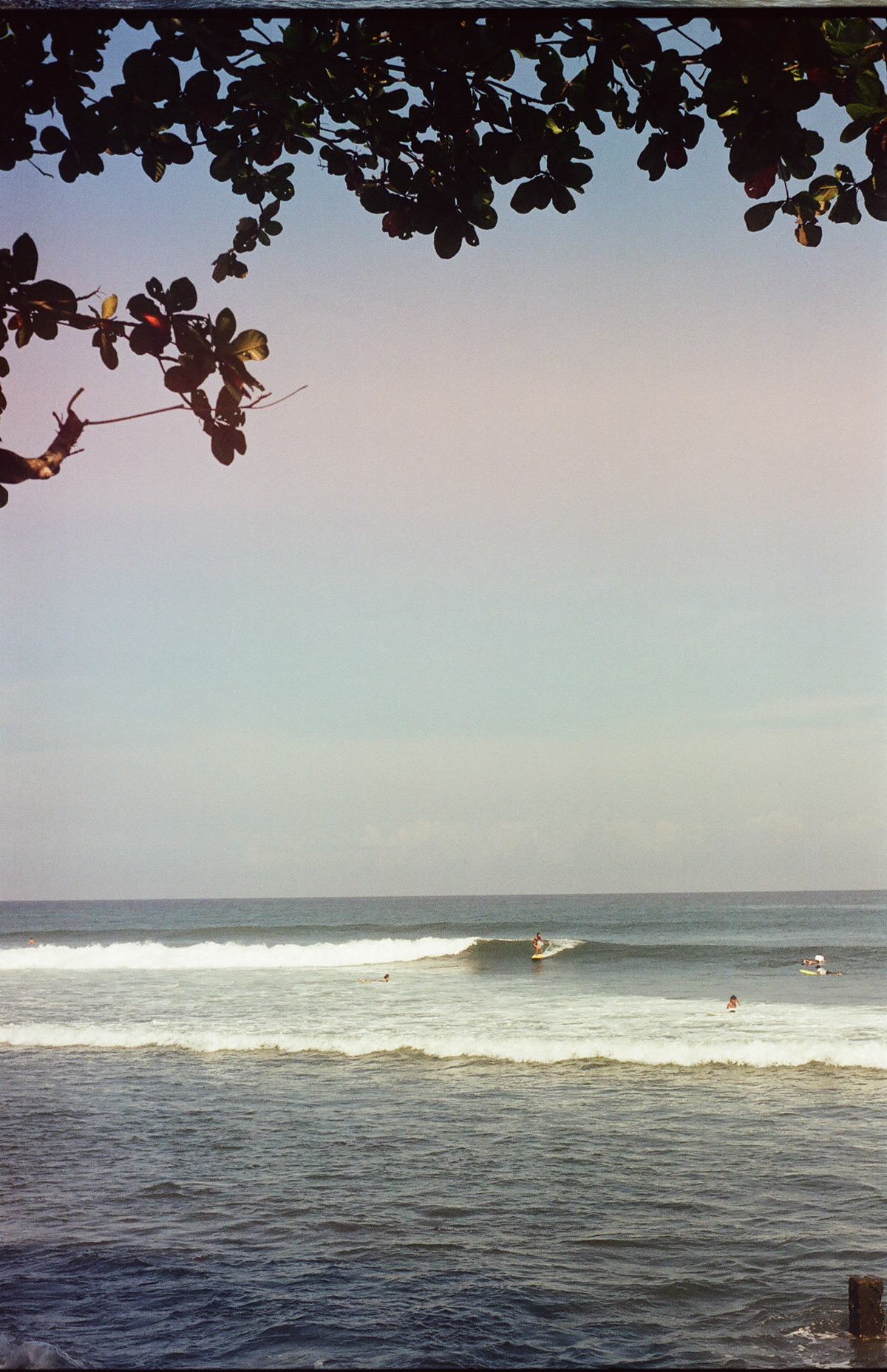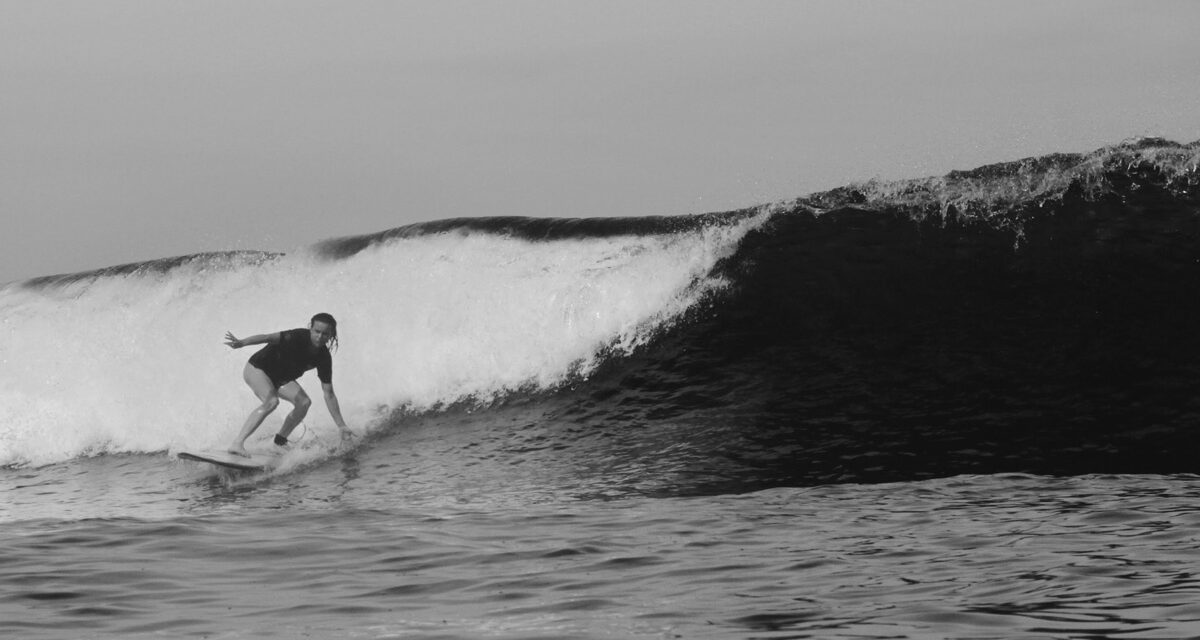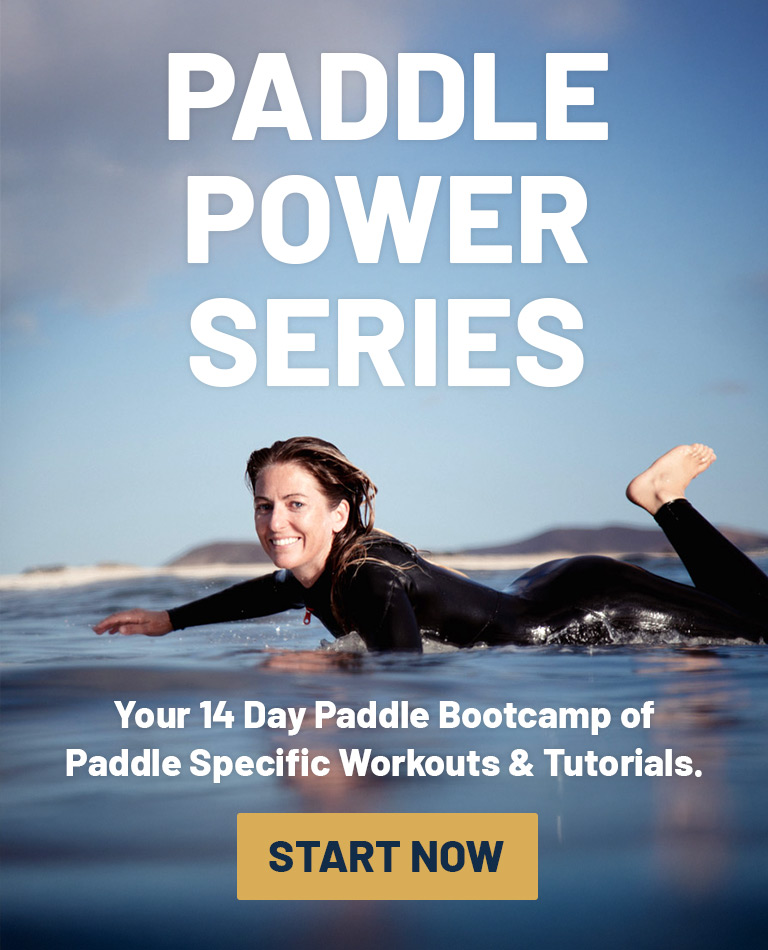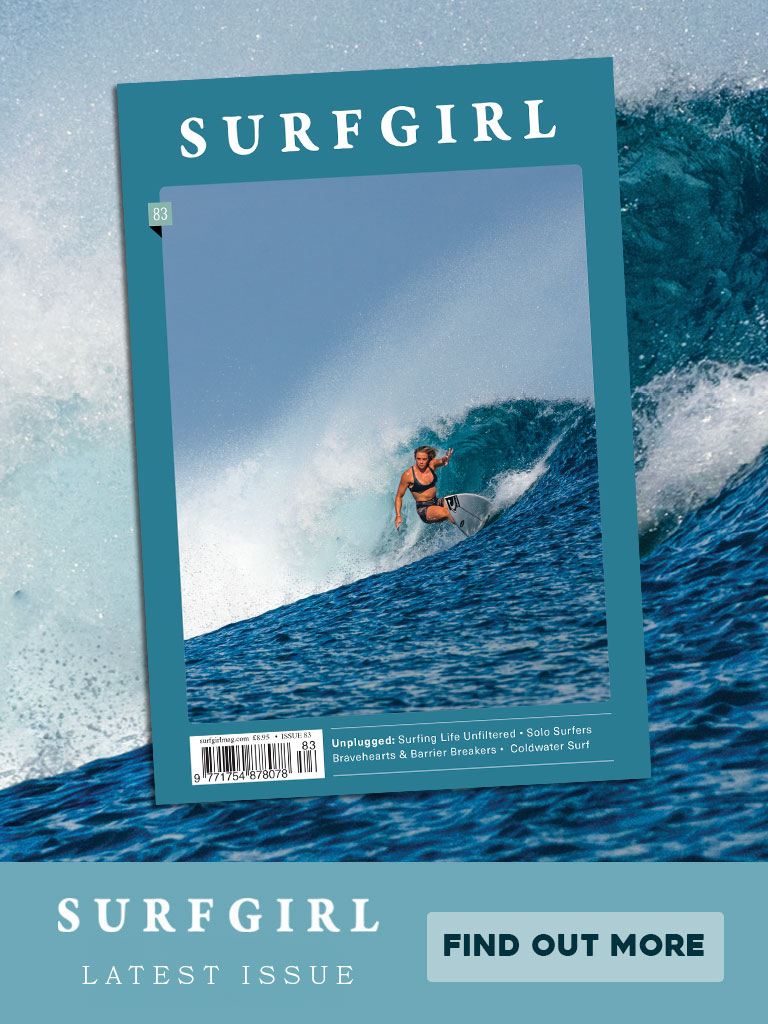
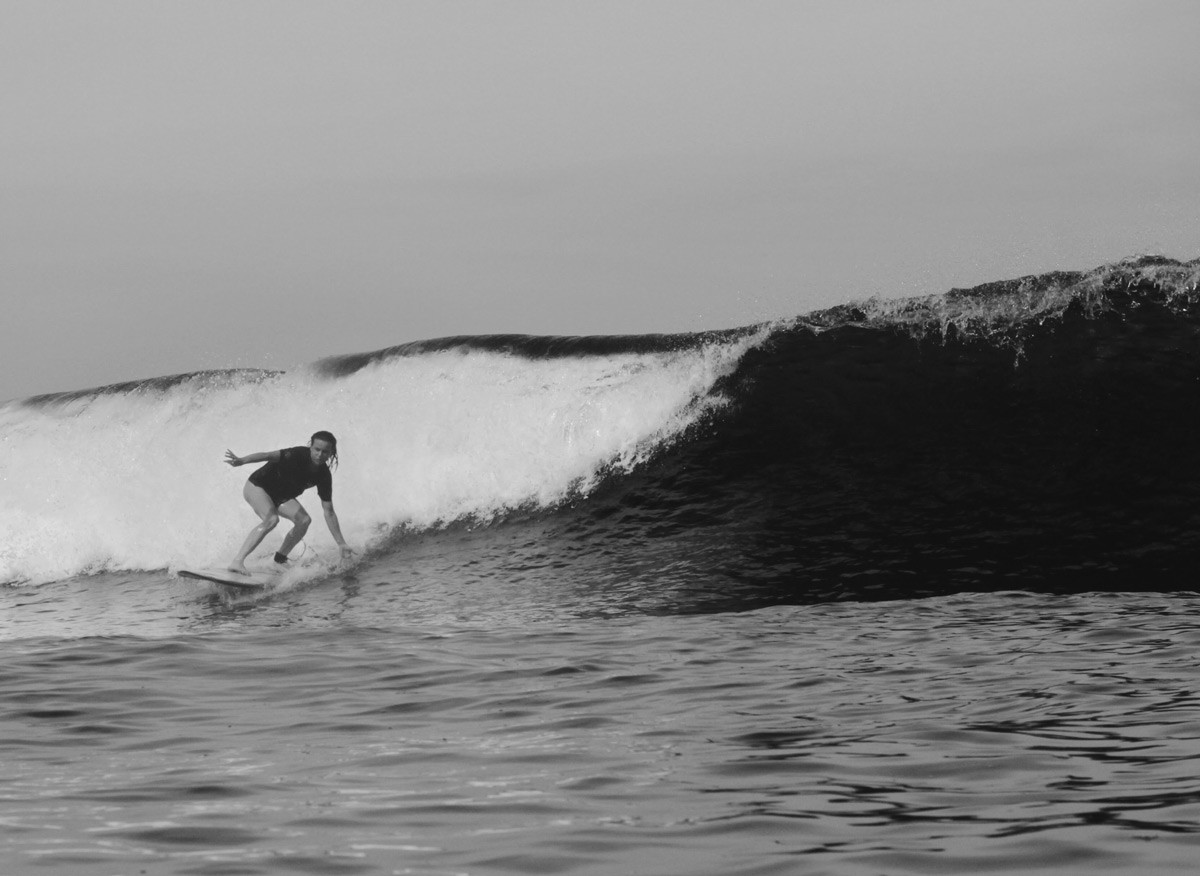
Most people would list Uluwatu and Canggu as among the best surf spots in the world, but when I ask if they’ve heard of Medewi, they often shrug and appear nonplussed. Unbeknownst to many, Medewi is small surf town on the western tip of the Indonesian island, with one of the best left-breaking point breaks in the world. With most tourists not even considering Medewi in their Bali itineraries, the town mostly features the occasional cow, frolicking monkeys and pastel green coconuts, many locals and – of course – dedicated surfers.
Words Anna Stephens
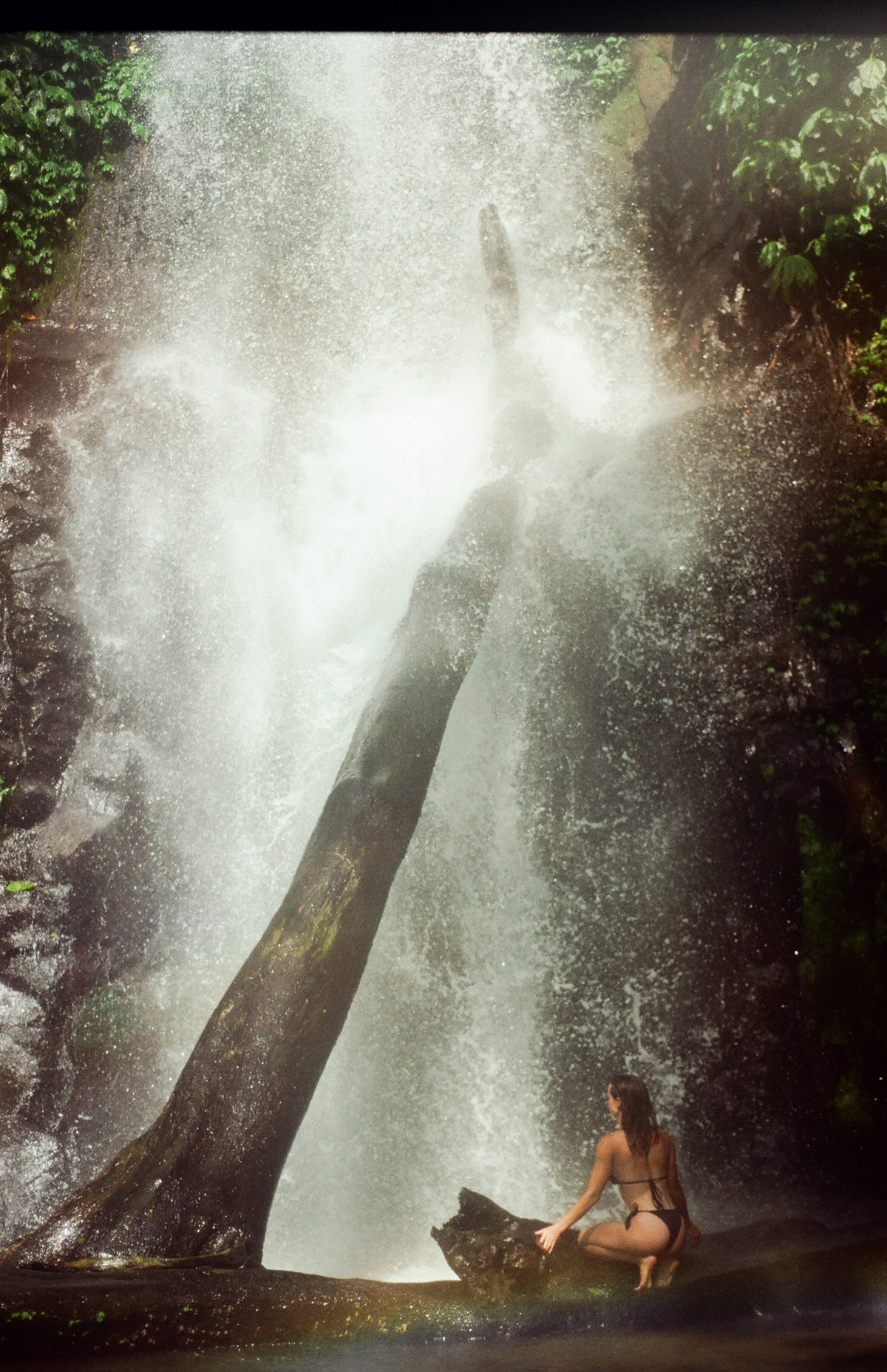
Despite my initial apprehension, Medewi turned out to be one of the friendliest surf spots I’ve ever visited, with local surfers pushing me into the biggest set waves and cheering each other on. I’m always somewhat apprehensive about the attitude of other surfers when I arrive at a new break, as you never know what the vibe will be. Despite the somewhat intimidating sign, however, this is clearly a place where all are welcome, waves are plentiful and reliable conditions prevail.
Like most point breaks, despite the wave consistency and reliability of the sets, Medewi doesn’t come without its caution. There are two main point breaks – one further out, suitable for intermediate surfers, and one closer to shore – suitable for beginners, with long-boarders surfing both. At high tide, if you catch a wave at the furthest break and don’t manage to sufficiently turn left along the shore, you’ll end up landing on the rocks that frame the shoreline – most likely unscathed. On low tide, however, you may smash right into them, breaking a fin and if you’re lucky, escaping with grazes. This happened to me once, and it was an exhausting battle trying to overcome the following set waves as I balanced precariously on the tops of the rocks to keep from being thrown backwards and further damaging my rental board. Throughout our time in the town, it became the norm to see surfers emerge from the water with blood across their face, feet or hands (smiling through it all though, of course).
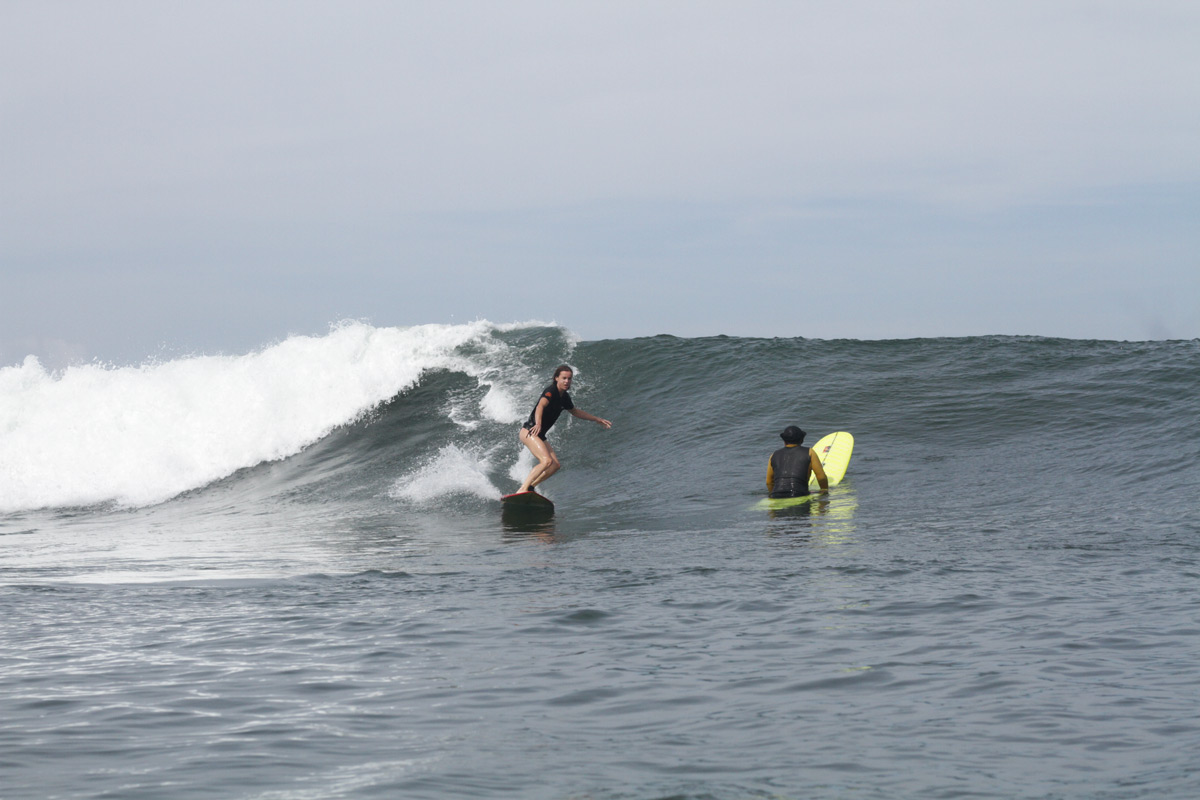
Medewi is unique from other towns in Bali in that it’s predominantly Muslim, but features both Muslims and Hindus living in close proximity to one another. You’ll see mosques and temples, with all kinds of religious rituals going on behind their doors. Perhaps this medley lends itself to the open-minded, friendly approach of the surfers. It certainly makes for an interesting visit. Although relatively undeveloped compared to other tourist regions in Bali, there are some great eateries including the well-loved Reggae Cafe serving bright green coconut pancakes (‘Dadar Gulung’) right in front of a wilderness landscape.
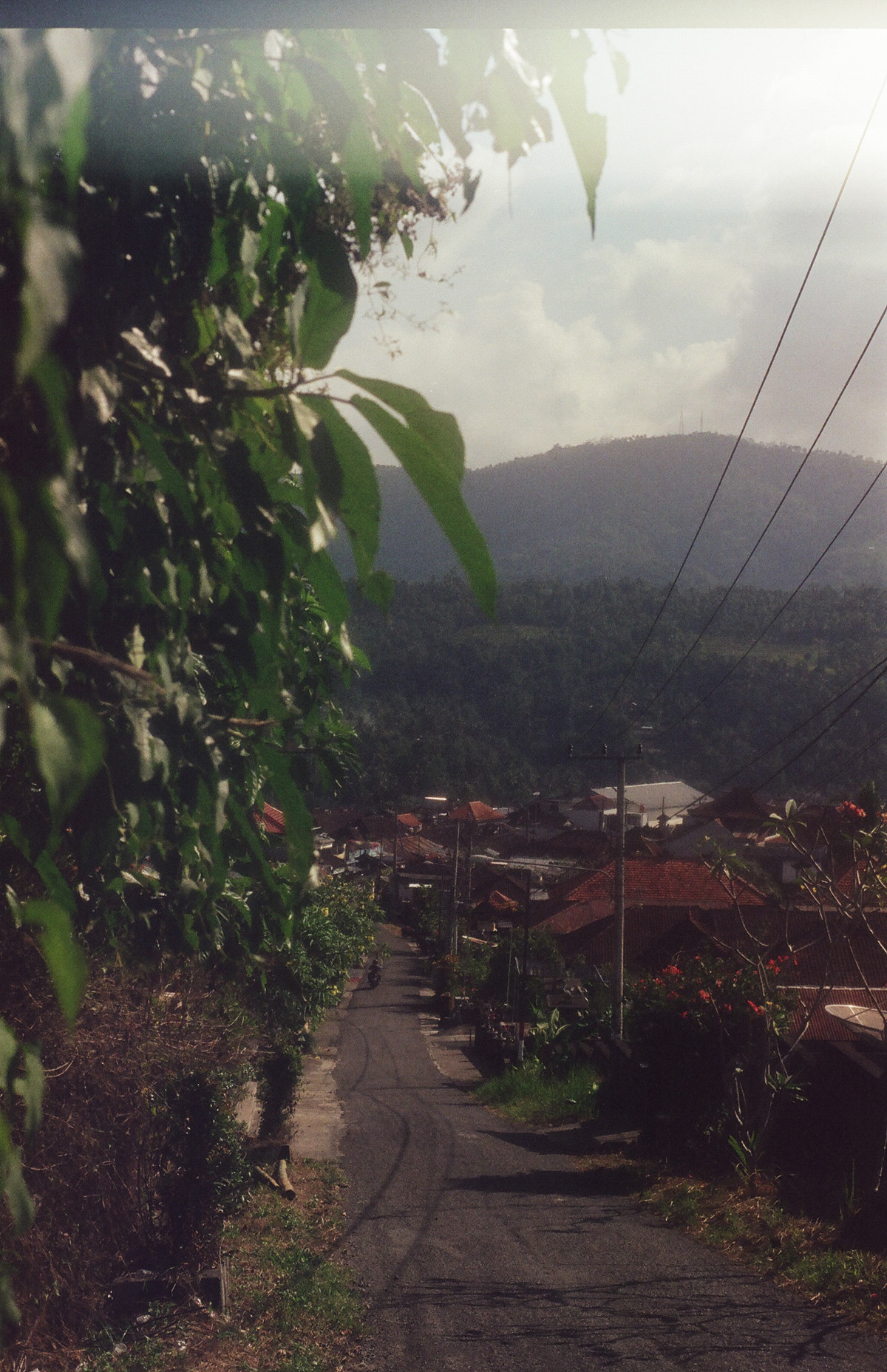
For me, Medewi was magical, memorable and even more amazing than I had anticipated. Much work remains to combat the environmental issues that the area (and Bali in general) is facing, but for now, the waves can be enjoyed, T-shirts can be bought, and this underrated little haven can be appreciated for what it is – a beautiful and underrated corner of the world.
